CLABSI’s Who’s accountable?
I was just reviewing the numbers related to CLABSI rates and we still have a lot of work to do! Studies still show that the majority of central lines become infected after day 5 of insertion. Vascular Access Programs and
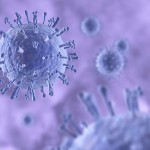
I was just reviewing the numbers related to CLABSI rates and we still have a lot of work to do! Studies still show that the majority of central lines become infected after day 5 of insertion. Vascular Access Programs and
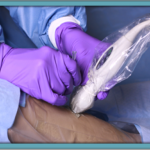
2016 Infusion Therapy Standards of Practice on “Midline Catheters” Standard 33. VASCULAR ACCESS SITE PREPARATION AND DEVICE PLACEMENT: “Consider the use of maximal sterile barrier precaution with midline catheter insertion” We have been teaching this practice for many years! “Use

When we educate hospitals on the prevention of catheter infections, we talk about standardizing practice. We know in the acute care setting that washing hands, scrubbing hubs, sterile dressing changes, 30 second site scrub with chlorhexadine, bundles and choosing the

This is a great read! Ferroni, A. et al., Pulsatile Flushing as a Strategy to Prevet Bacterial Colonization of Vascular Access Devices; Medical Devices: Evidence and Research 2014; 7:379-383 Summary: This article is one of the first of this decade

This is a great read for all of us. Like the “MAGIC” We are much more than PICC nurses. We are the experts in vascular access device selection. Our collegues look at the “PICC” nurse as the expert. We need

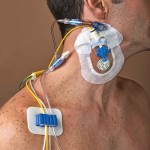
Securing VAD’s (vascular access devices) of all types is key to preventing complications. When we don’t have good securement catheters move at the insertion site. We use words like migration, piston, dislodgment to describe these events. These events lead to
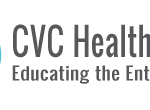
Click on this link: affordable care act. This is a great read! Thank you for sharing
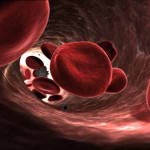
Join CVC Health Care tonight at an event held by WISVAN, the Wisconsin chapter of the Association for Vascular Access. Visit Fleming’s Prime Steakhouse and Wine Bar for refreshments and “Arrow Vascular: Right Line for the Right Patient at the Right
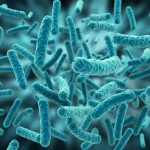
In fiscal 2015, 721 hospitals will have their Medicare payments reduced for being among the 25 percent of hospitals with the highest rates of hospital-acquired conditions. Here are 15 things to know about the HAC program and the hospitals receiving